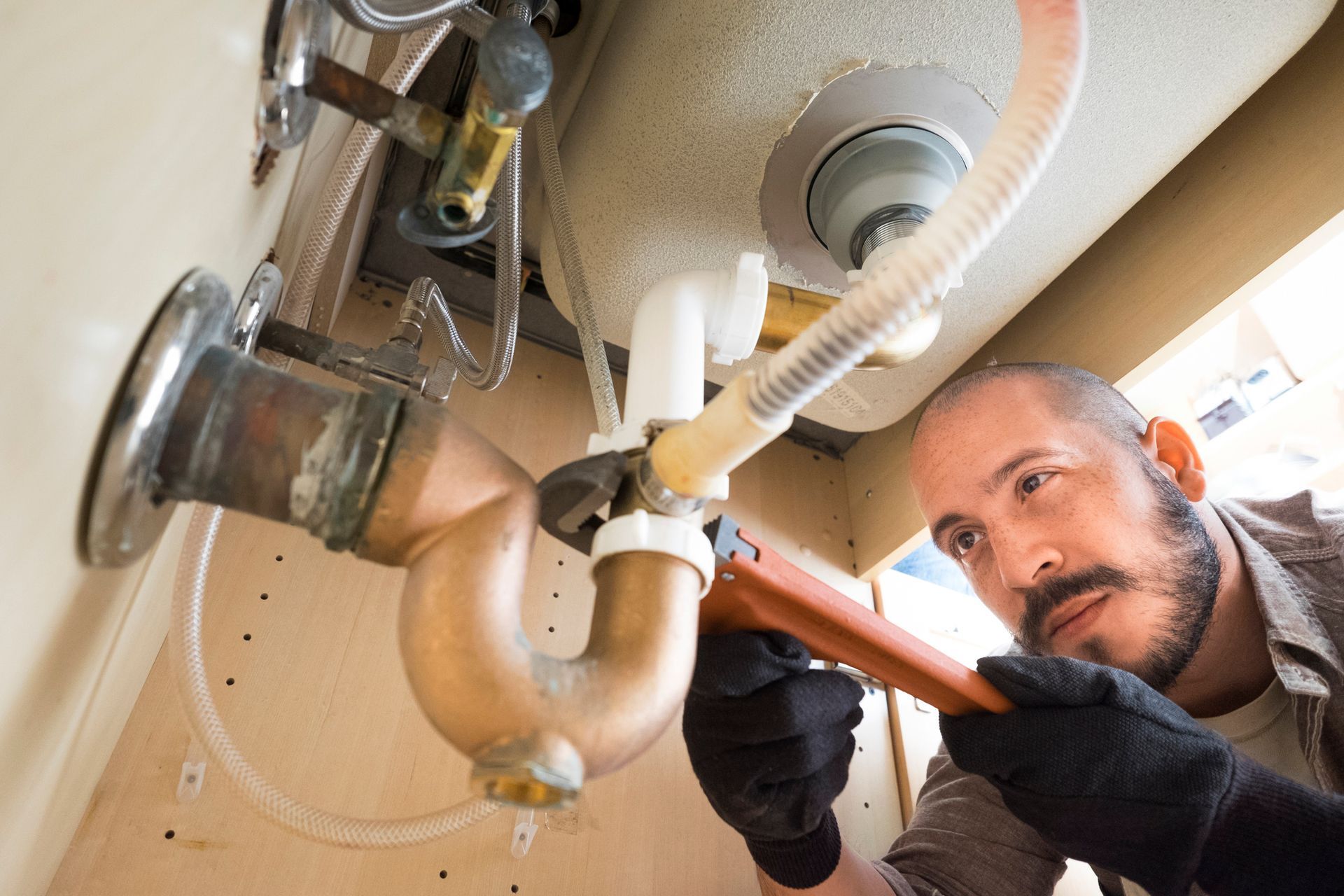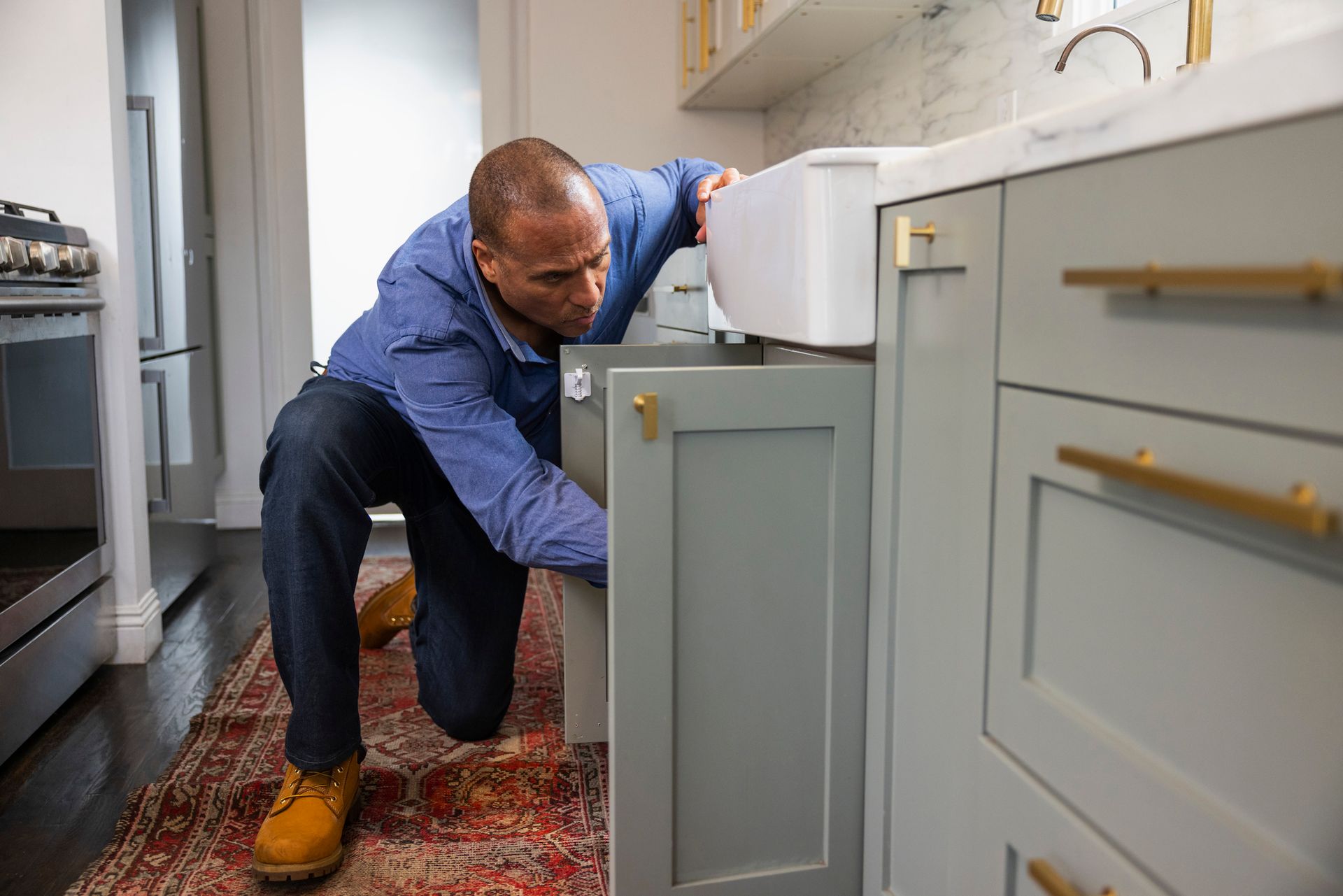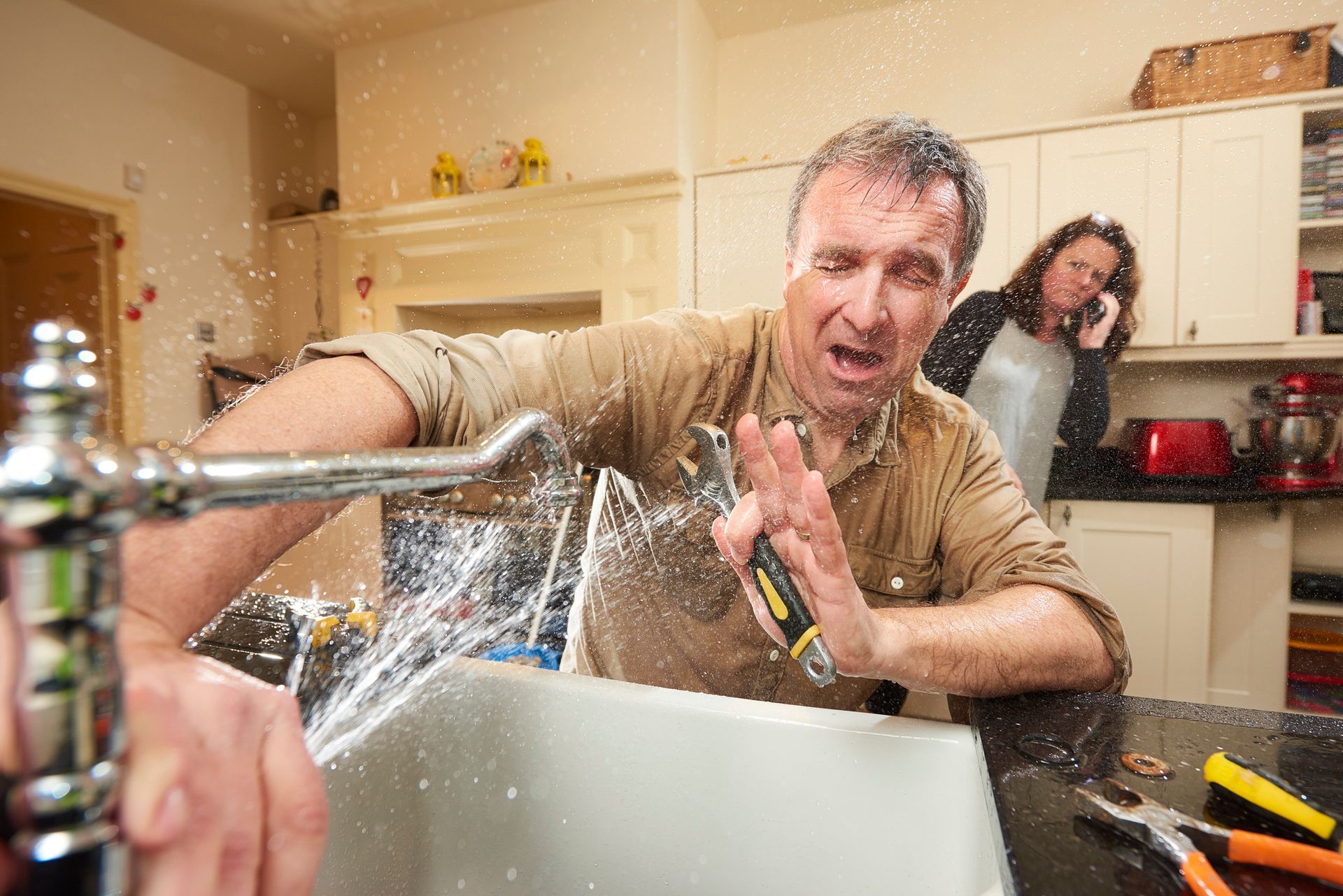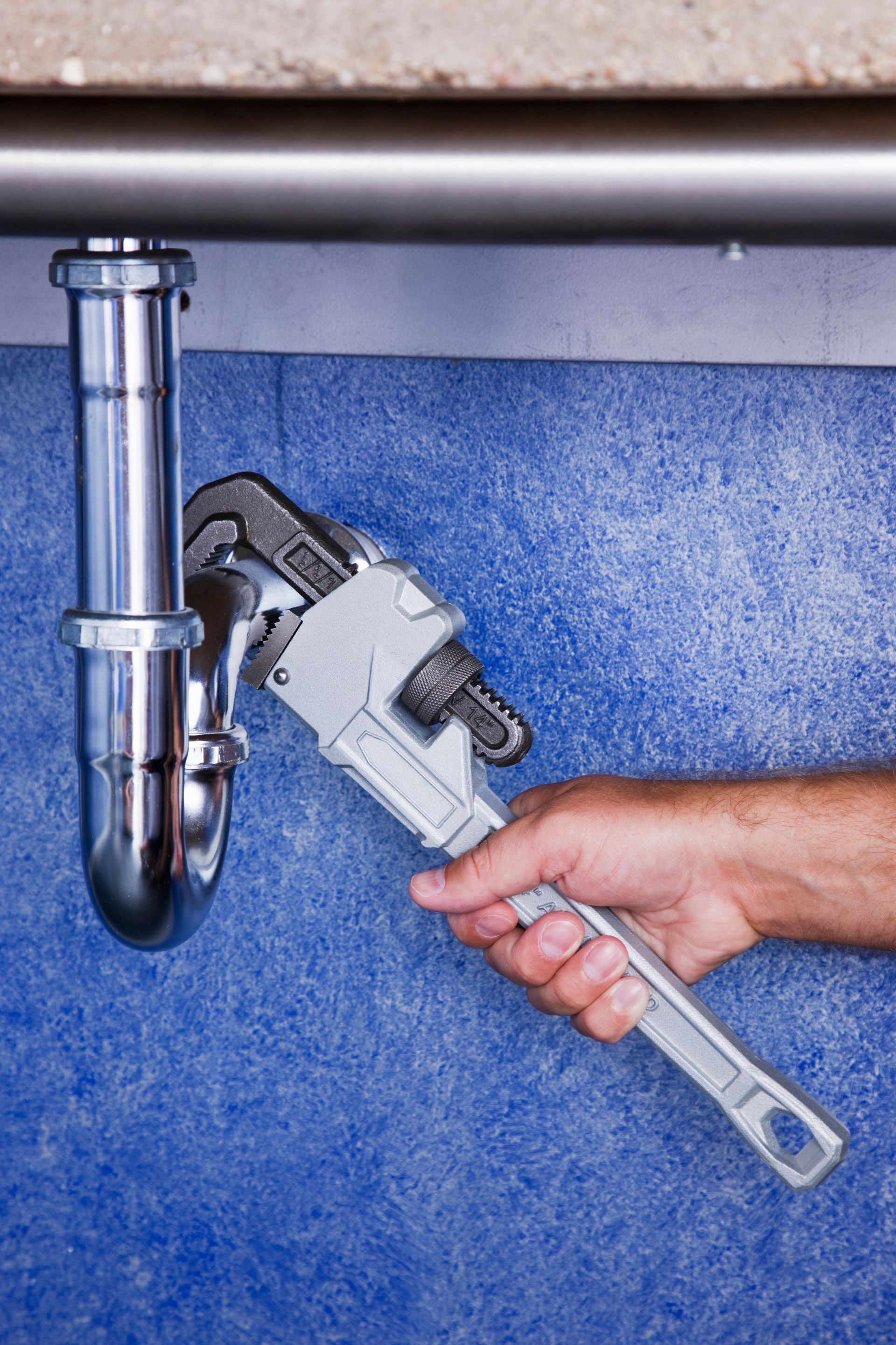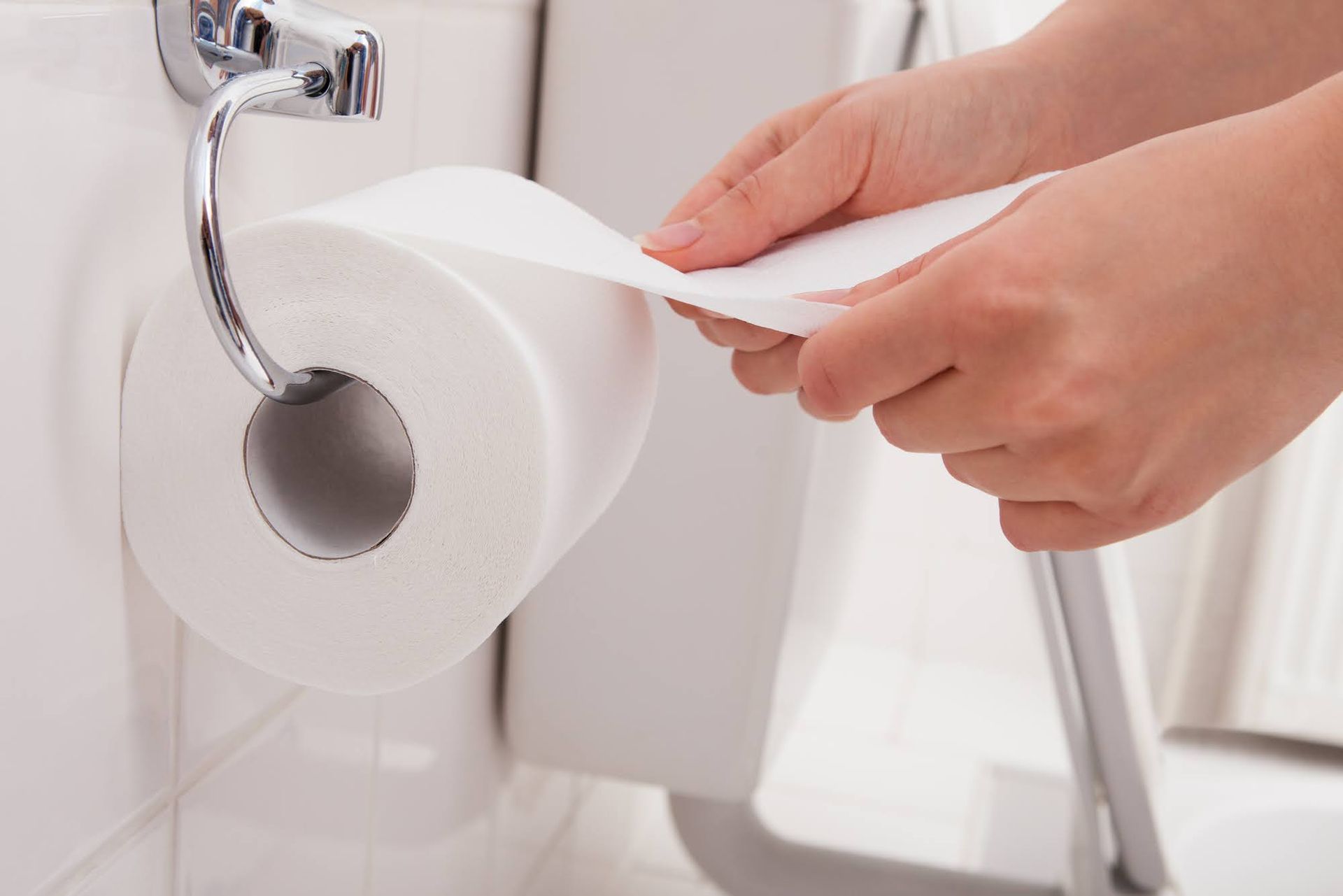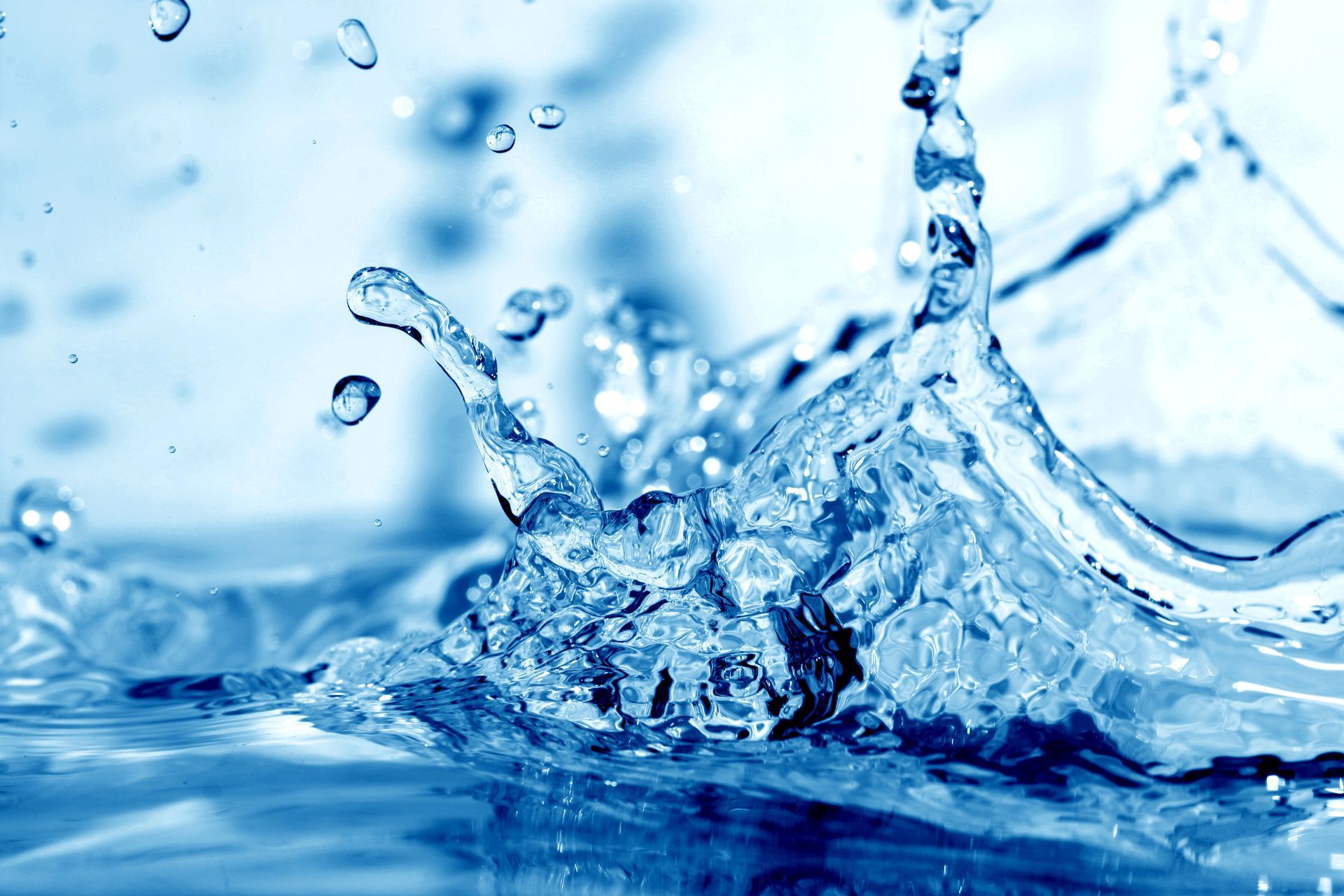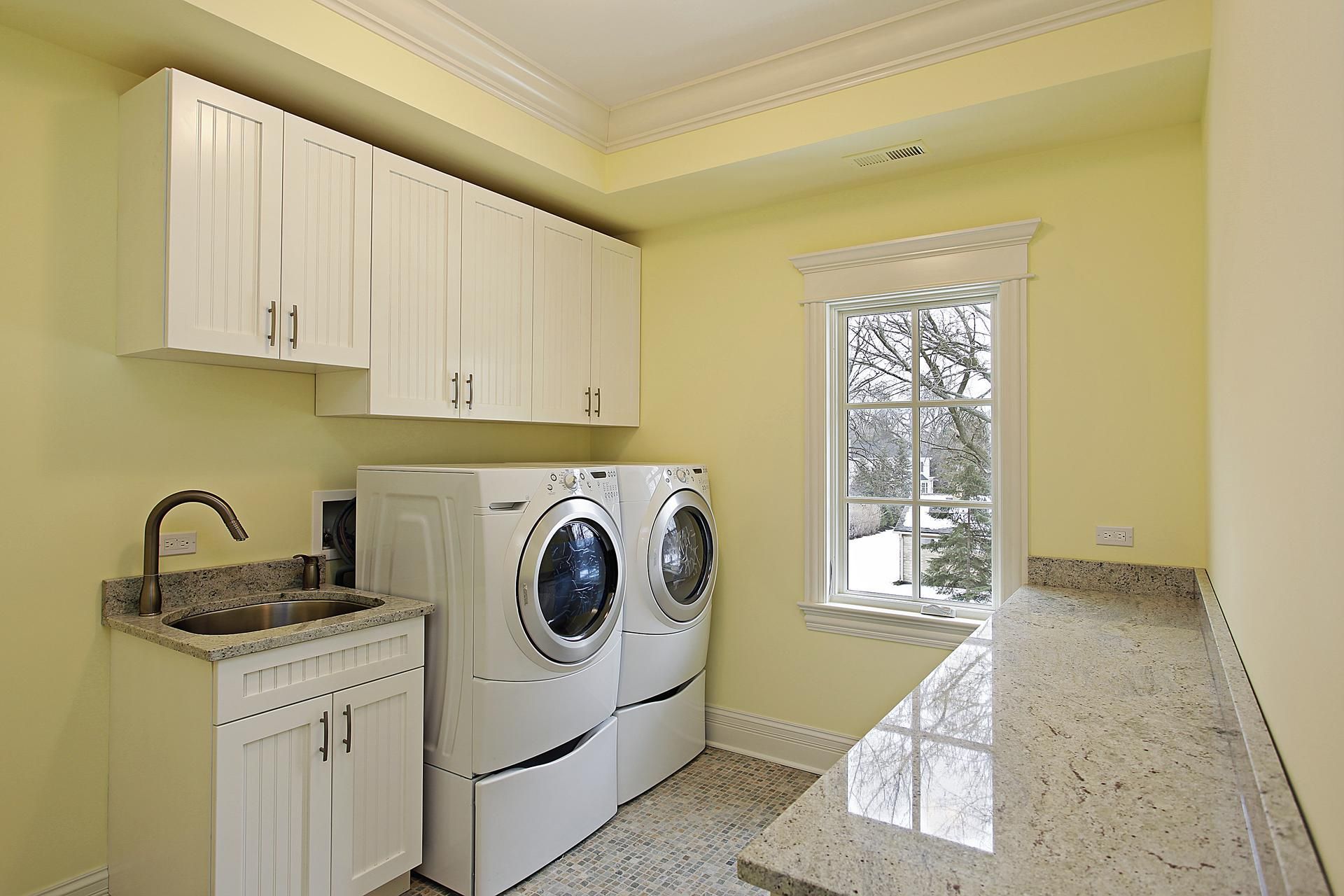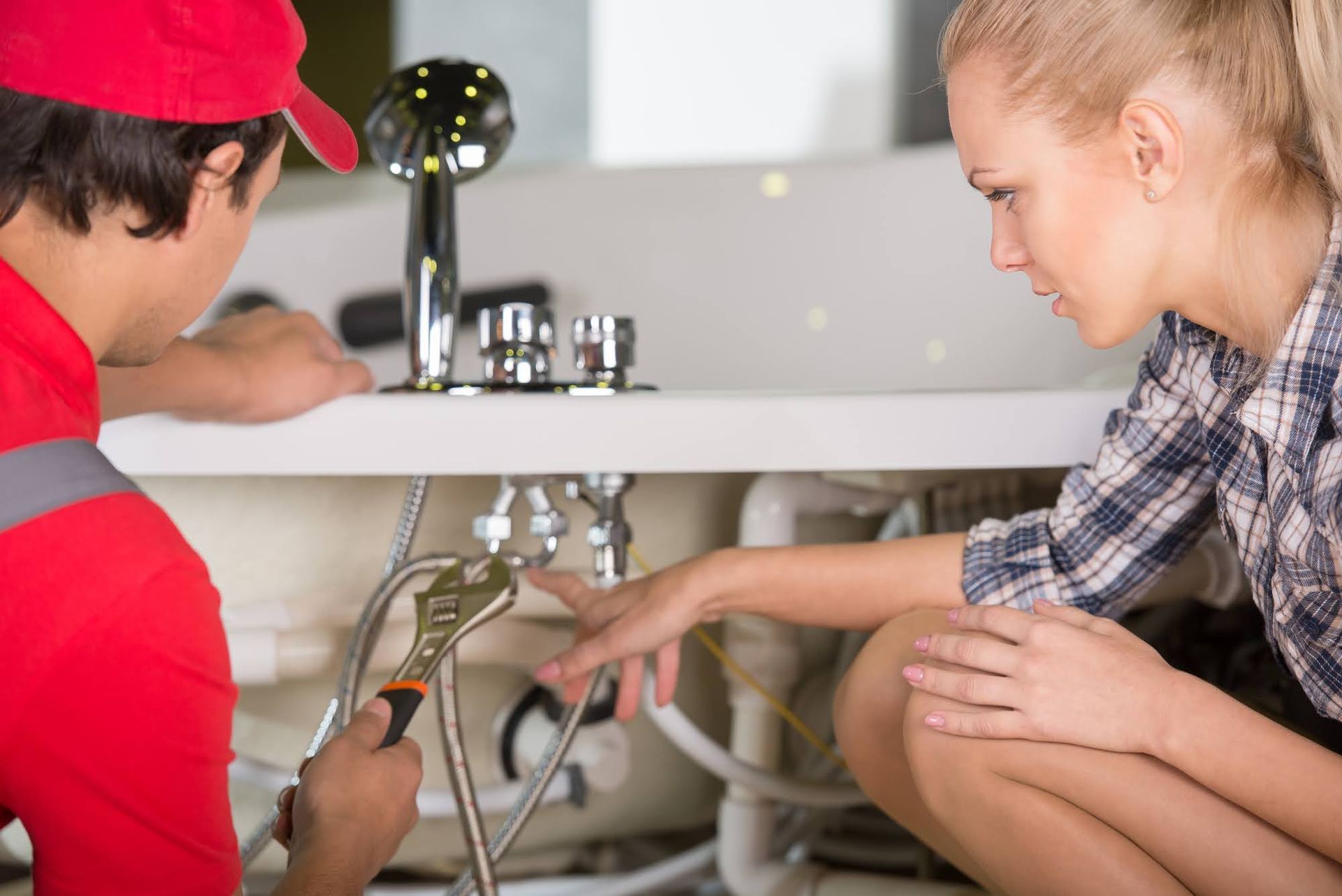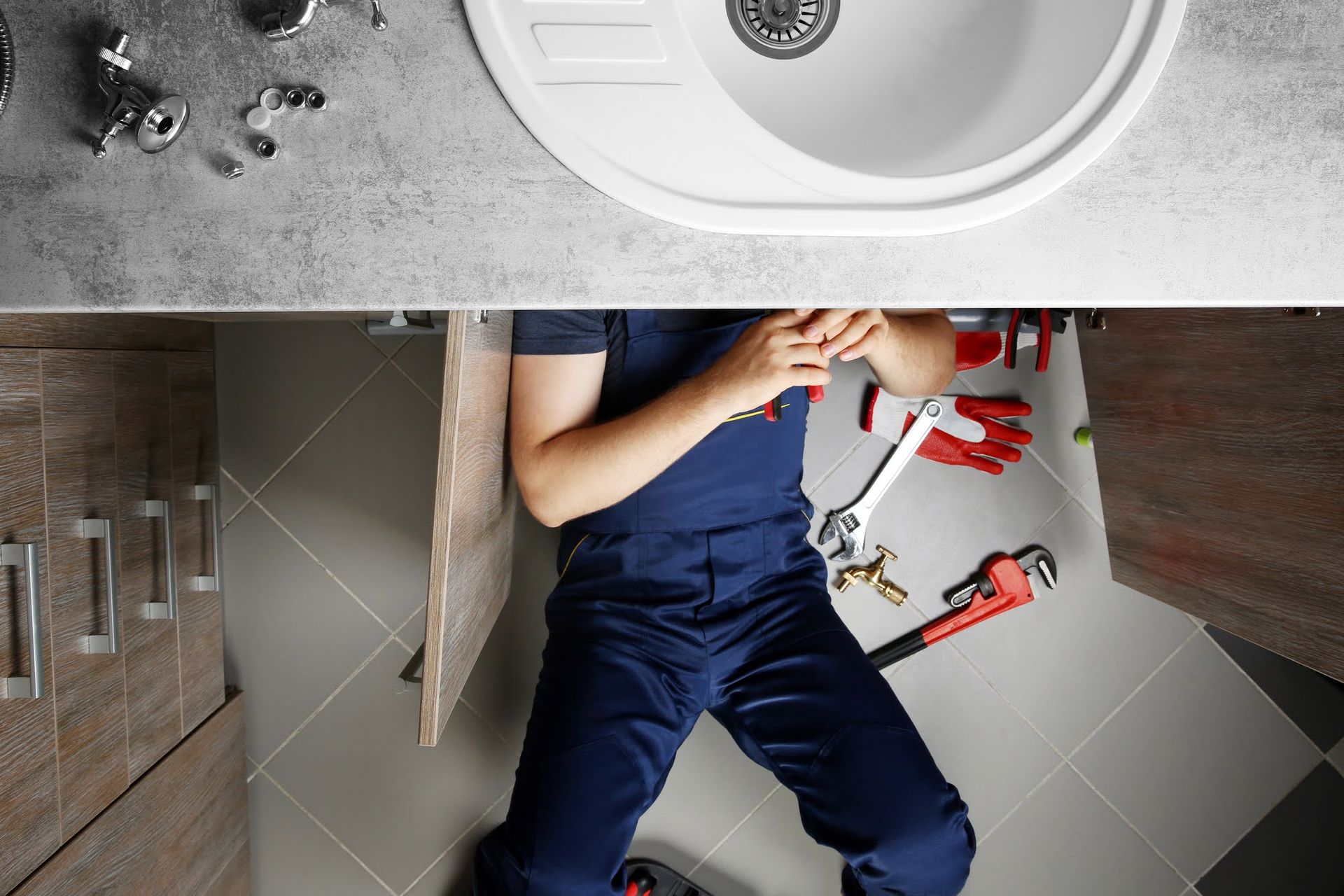Blog
Signs You Have a Water Leak

Water leaks can cause significant damage to your home and lead to costly repairs. It is important to identify and fix water leaks as soon as possible to minimize the damage. There are a number of signs that you may have a water leak in your home. This article discusses some of the most common signs that you have a water leak.
Increased Water Bills
Water leaks can lead to inflated water bills due to the wastage of water. Even minor leaks, such as dripping faucets or running toilets, can result in significant water loss over time. This constant flow of water—often gone unnoticed—adds up to the water bill.
Moreover, hidden leaks within the infrastructure, such as in pipes or underground fixtures, can go undetected for longer periods, causing a continuous, substantial loss of water. This cumulative wastage significantly contributes to higher water consumption, ultimately reflecting on the water bill.
Running Water Sounds
When there is a leak, water escapes from the pressurized system, creating a constant trickle or stream that produces the characteristic running water sound. This occurs as the water flows through the compromised area, often leading to a continuous, audible disturbance. The sound can be further amplified if the leak is close to a surface, such as a wall or floor, where the water's movement is easily transmitted.
Reduced Water Pressure
When a leak occurs, water escapes from the system, causing a decrease in the overall water flow reaching the intended destination. This diminished flow can result in a noticeable reduction in water pressure at faucets, showers, and other water outlets. Consequently, the water pressure at various points in the system drops, impacting the efficiency and effectiveness of the water supply.
Mold and Mildew
When water accumulates in hidden or confined spaces, it creates a moist environment, providing the necessary conditions for mold and mildew spores to thrive. These spores, which are omnipresent in the air, settle in these damp areas and begin to multiply rapidly. Mold and mildew can grow on various surfaces, including walls, ceilings, and floors, feeding on organic materials such as wood and drywall.
This growth not only causes structural damage but also poses significant health risks. Exposure to mold and mildew can trigger allergic reactions, respiratory problems, and other health issues.
A ceiling that appears to be sagging or showing signs of water damage, such as discoloration or visible water stains, is a strong indication of a water leak. Water from a leaky pipe can gradually seep into the ceiling, causing it to weaken and eventually sag. Ignoring this sign can lead to potential structural damage and pose a safety risk.
Rusty Pipes
When water seeps through even the smallest of cracks or gaps in a pipe, it creates a conducive environment for rust formation. This process is accelerated in the presence of dissolved oxygen and minerals in the water. Continuous exposure to water, especially if the leak persists for an extended period, promotes the accumulation of rust, which gradually weakens the structural integrity of the pipes. This can lead to further leaks and even burst pipes, posing potential hazards to the structural stability of the entire plumbing system.
Peeling Paint
When water seeps through cracks or gaps in a building's structure, it can accumulate behind the paint layers, causing them to lose adhesion to the surface. As the water evaporates, it can leave behind salt deposits, further compromising the paint's integrity. Additionally, the expansion and contraction of building materials due to fluctuating moisture levels can create stress on the paint film, causing it to crack and eventually peel off. These combined factors weaken the paint's bond with the surface, resulting in unsightly peeling paint.
Detecting these signs is essential to prevent further damage and costly repairs. Upon noticing any of these indicators, consult Complete Plumbing. We can thoroughly inspect your plumbing system using specialized equipment such as leak detection devices and thermal imaging cameras.
Installation
Services
and Military Discount



